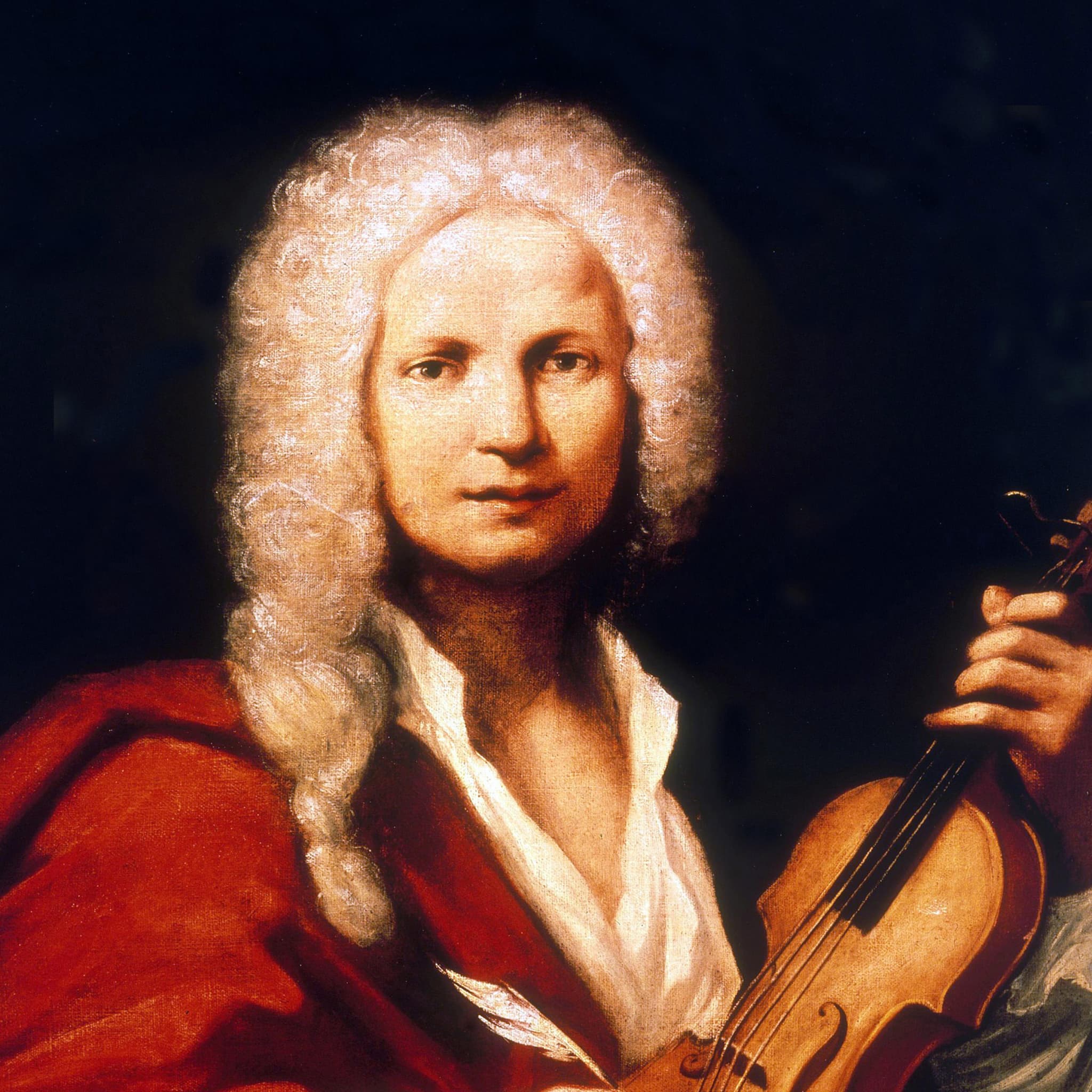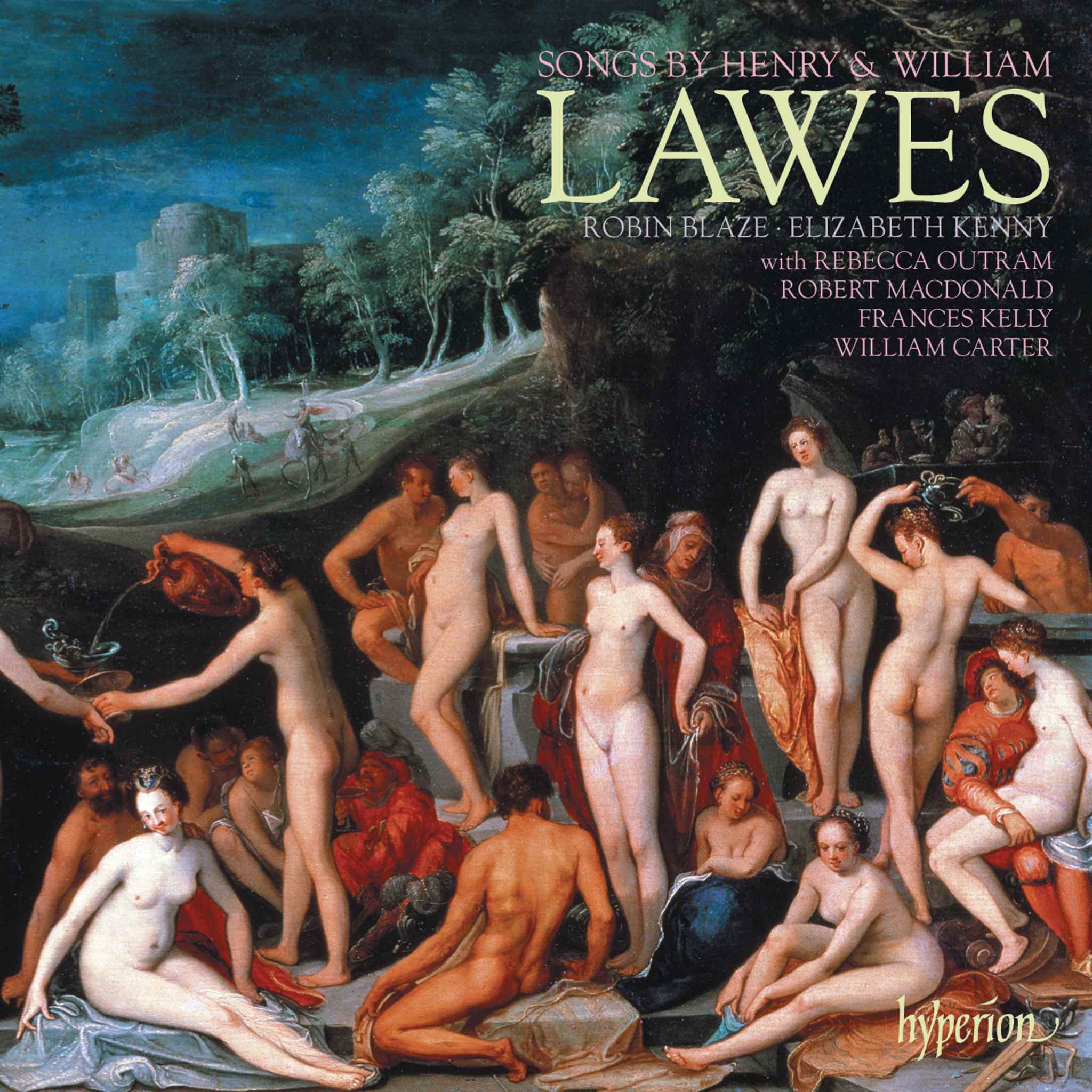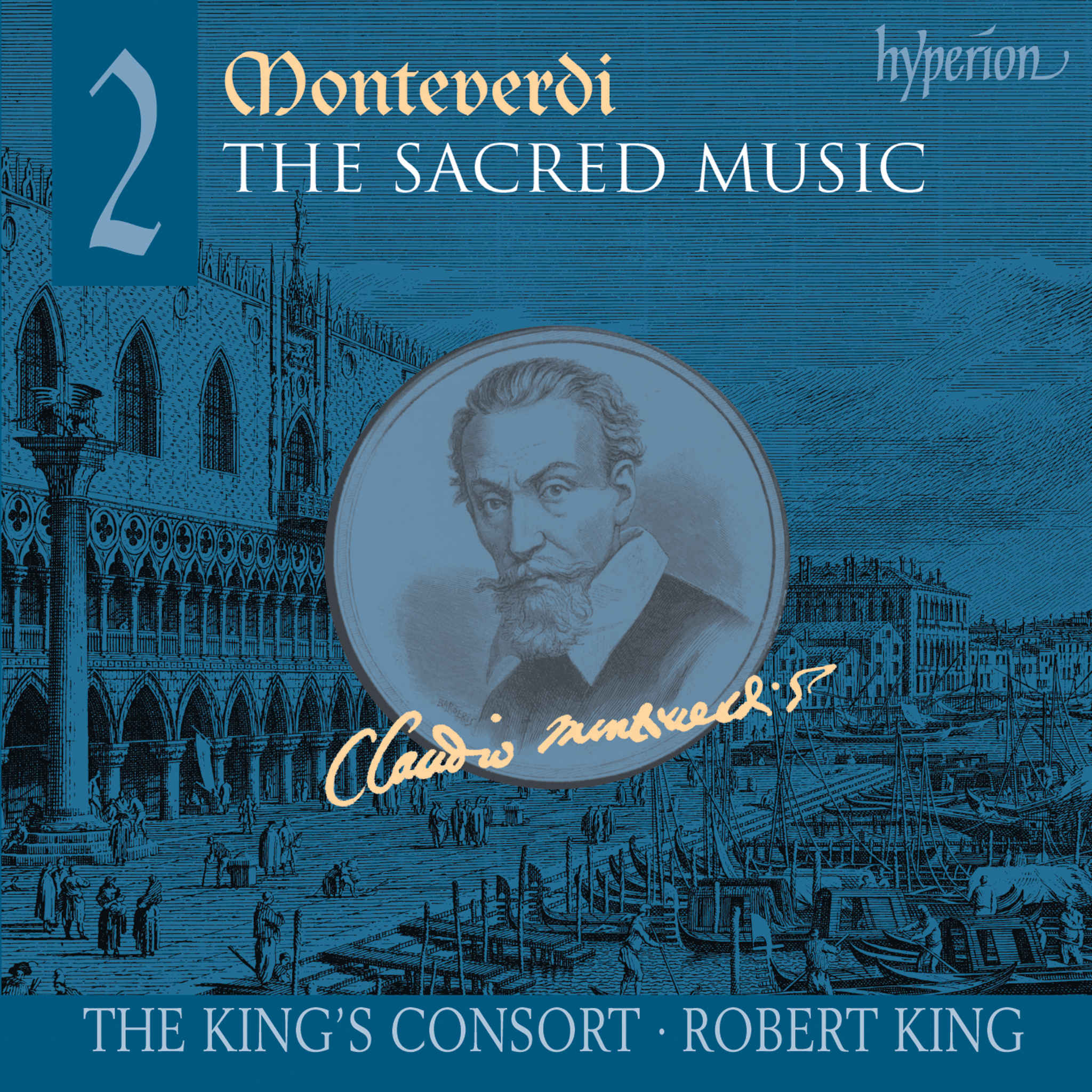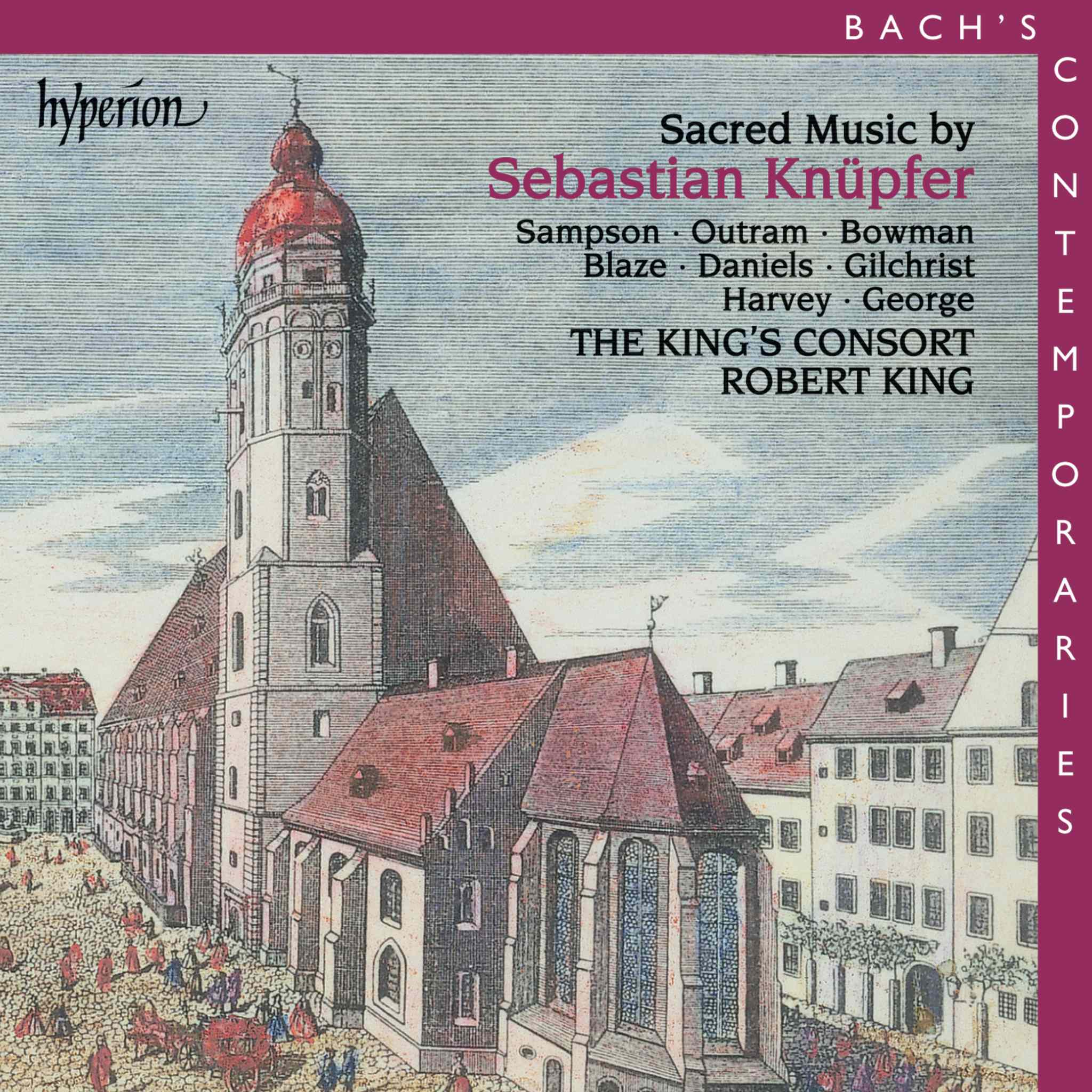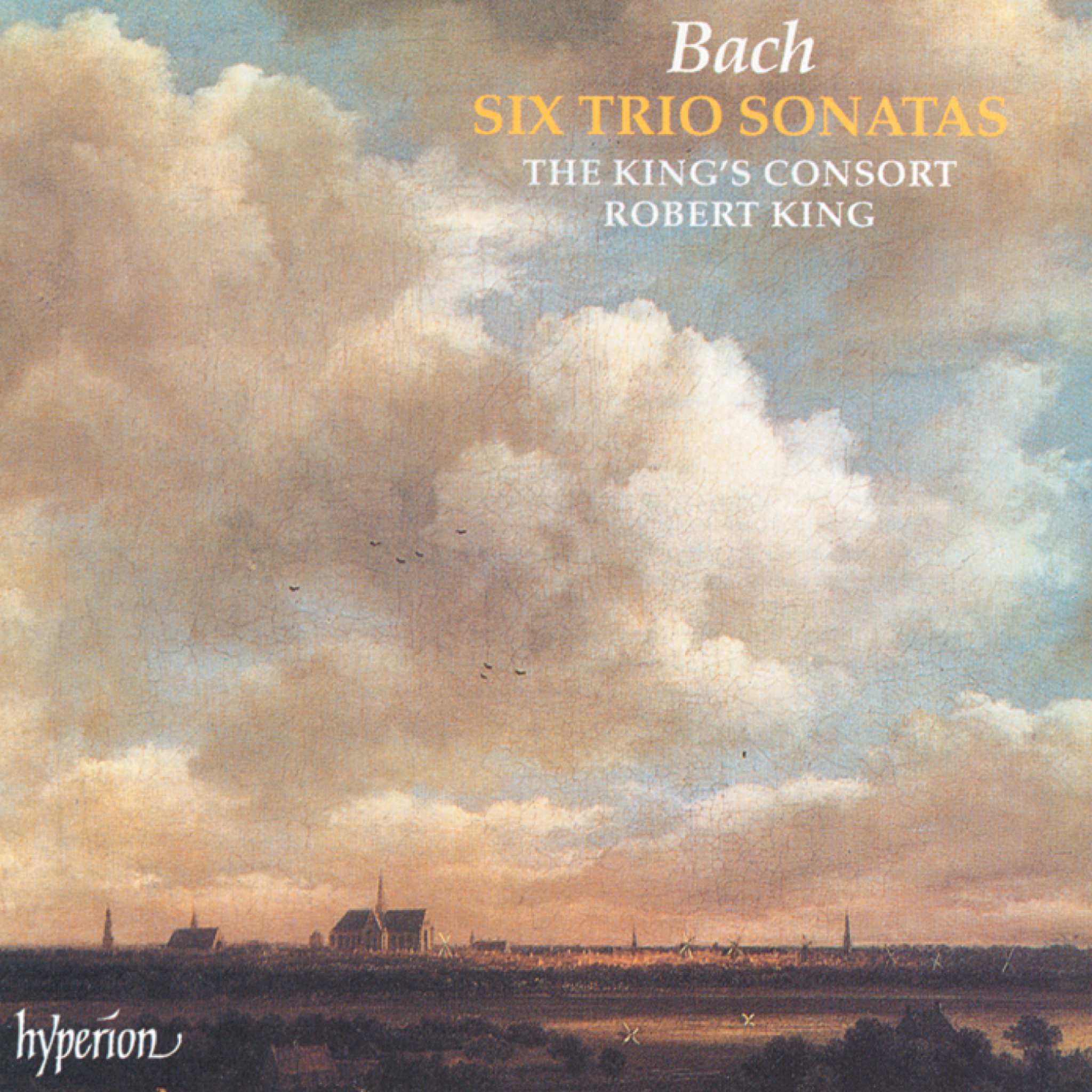Album insights
Louis Spohr, one of the pioneers of the early Romantic program symphony along with Hector Berlioz, composed four such works between 1832 and 1850. While Berlioz's Symphonie fantastique, Harold in Italy, and Romeo and Juliet are still in the concert repertoire today, Spohr's works had a shorter stay. Both Berlioz and Spohr introduced thematic elements that would later be developed in program symphonies and symphonic poems.
Spohr's Symphony No. 4, his “Weihe der Töne,” drew on philosophical material from a poem describing the impact of various sounds in human life. Later, with his "Historical Symphony in the style and taste of four different time periods" (No. 6), he introduced the concept of incorporating musical styles from past ages. Notably, in his 7th Symphony, which delves into ethical or metaphysical dimensions, and his 9th Symphony exploring the theme of nature, Spohr showcased his innovative approach.
During the 18th century, there were symphonies with programs, such as Dittersdorf's 12 works inspired by Ovid's Metamorphoses. However, as the 19th century progressed, the influential symphonies of Haydn and Mozart dominated, relegating those early program symphonies to archives. Beethoven's Pastorale Symphony shone as a model for the program symphony among the first generation of Romantic composers.
Berlioz avoided conventional symphonies, contrasting Spohr's works, some with programs and others without. This positioned Spohr amidst the music critics of the time, with both radical and conservative factions critiquing his compositions.
Unlike Berlioz's meteoric rise, Spohr had established himself by the time he produced his first program symphony, having garnered acclaim for his violin concertos and other works. His versatile career spanned cities like Vienna, Frankfurt, and Kassel, and he played a crucial role in the evolution of conducting. His operas and oratorio solidified his standing as a leading German composer.
Spohr’s final program symphony, "The Seasons," in B minor, held personal significance. Its unique structure—combining Winter and Spring, followed by Summer and Autumn—deviated from traditional seasonal compositions. With this work, Spohr moved towards a more progressive approach, reflective of his life experiences.
Spohr's Symphony No. 7, "Earthly and Divine in Human Life," was inspired by his 1841 vacation in Switzerland, representing contrasting human emotions through two orchestras. It deviated from the traditional symphonic structure, leading the listener through stages of life. The symphony garnered high praise from contemporaries such as Robert Schumann.
The Festive March in D major, intended for a royal wedding, and the Introduction in D major were brief yet masterfully crafted compositions showcasing Spohr's meticulous attention to detail and celebration of significant events.
Thus, Spohr’s legacy resonates through his innovative approaches and thematic breadth, contributing to the rich tapestry of Romantic symphonic music.



